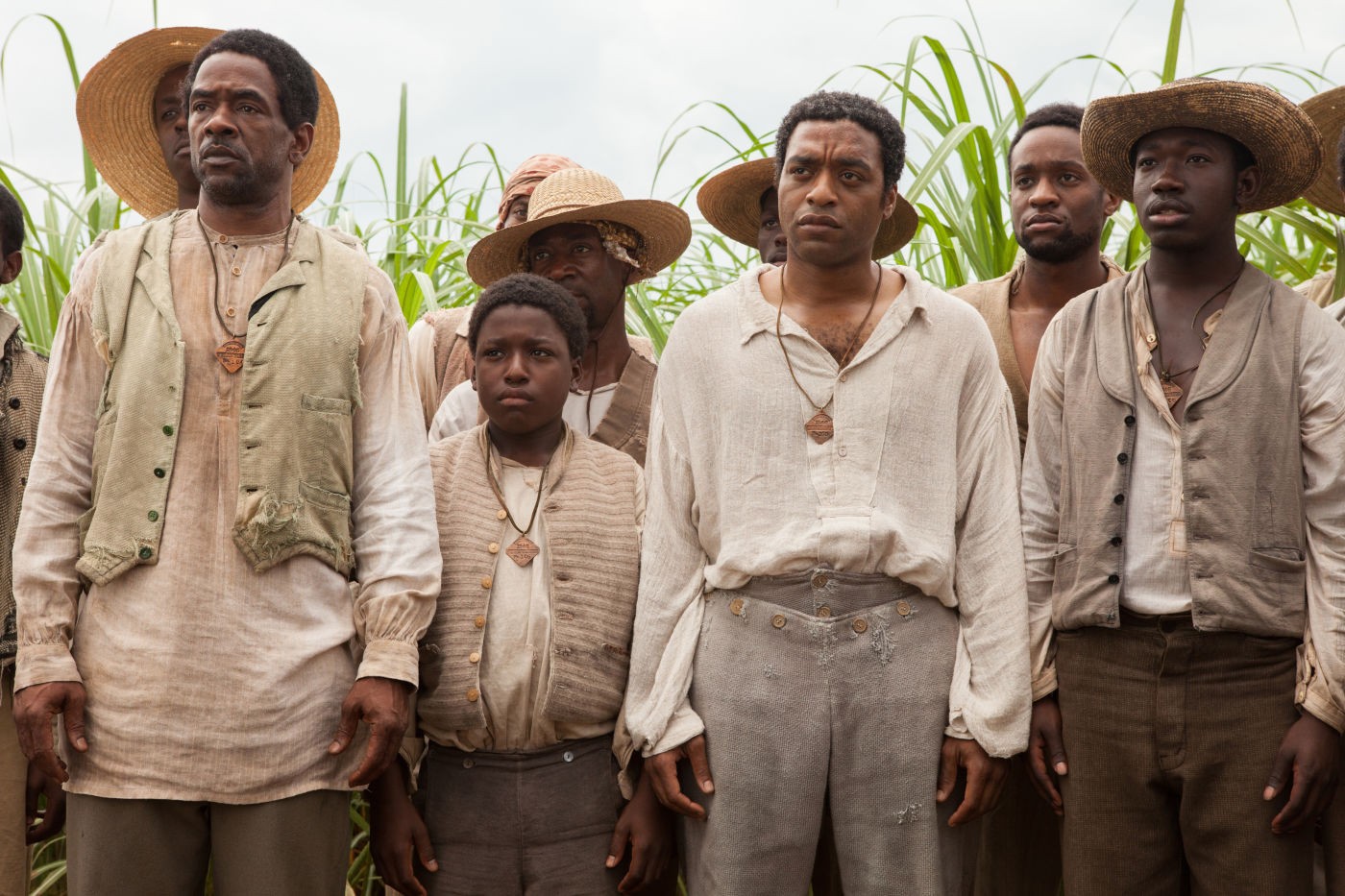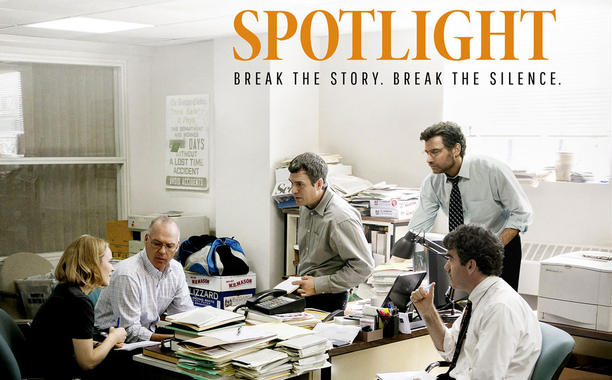
By MEGAN EVANS
12 Years a Slave depicts the brutal nature of American slavery with such intensity as to make the viewer physically uncomfortable.
The film, directed by Steve McQueen, was based on the book by the same title. The story follows Solomon Northup, a free, black New Yorker who is kidnapped and sold into slavery in the 1840s and 50s.
Trying to pursue a financial opportunity, Northup (played by the extremely talented Chiwetel Ejiofor) places his trust in the wrong people, who sell him to a slaver that smuggles him, along with several others, into the South.
There, he spends the next 12 years as a slave under the name of Platt.
His first master, Ford (played by Benedict Cumberbatch), allows Northup a certain degree of respect, even listening to his ideas and giving him a violin.
However, horrible circumstances arise as a result of Ford’s familiarity with Northup and Ford is forced to sell Northup to Edwin Epps (Michael Fassbender), who is notorious for his extreme mistreatment of slaves.
Northup remains the property of Epps for many years, during which he tries in vain to contact his family.
He has no success until Bass (Brad Pitt) comes to work on the farm as a paid laborer. Northup entrusts to him his secret, that he is actually a free man. This leap of faith pays off, although in many ways it is already too late for Northup.
Many scenes set the viewer on edge with their uncompromising dedication to a realistic depiction. Rape, whippings and lynchings all force the viewer to face things that Americans would like to forget about slavery.
Professor Susan Owen argues that the film “lets us see the devastation of mothers separated from their children, it lets us see the devastation of sexual predation upon female slaves, and it lets us see the corrosive effects of slavery upon slaves and slave owners.”
The film is explicit, raw and forces the viewer to confront realities about slavery that we rarely discuss or even acknowledge. Owen discussed how the long takes and uncomfortable silences “worked very effectively to devastate viewers.”
The viewers at the Grand Cinema in Tacoma were so moved by some scenes that people could be heard audibly weeping. Even after the movie ended, many were frozen in their seats.
Owen says that she would encourage students to see the film, but cautions that “it is used to educate rather than entertain” and that viewers “will be challenged and emotionally pushed.”
Owen added that the film “tells the story from the slave’s point of view, and if for no other reason students should see the movie because of that. We don’t get much of that in American cinema.”
The cast was a mix of the Hollywood famous and new actors, but all were impressive and striking in their delivery.
Perhaps the most moving character was played by the talented Lupita Nyong’o, a relatively new face to the industry. Her character, Patsey, was subject to some of the most difficult themes of the movie, including rape and public whippings.
The story takes place on a gorgeous background, with fertile fields and stunning sunsets overshadowed by truly horrific abuses.
12 Years a Slave is an entirely new approach to depicting slavery in cinema, and while it is not for the faint of heart or someone looking for an entertaining movie, it is a thought-provoking film that everyone should see.


